In the far east
Quick, name a National Park in northeast India? Now, how many of you said: Kaziranga? Did you know that across the seven states of Assam, Nagaland, Manipur, Meghalaya, Tripura, Arunachal Pradesh and Mizoram lie 27 National Parks and Wildlife Sanctuaries? Read on to know more about some of them.
Manas National Park, Assam
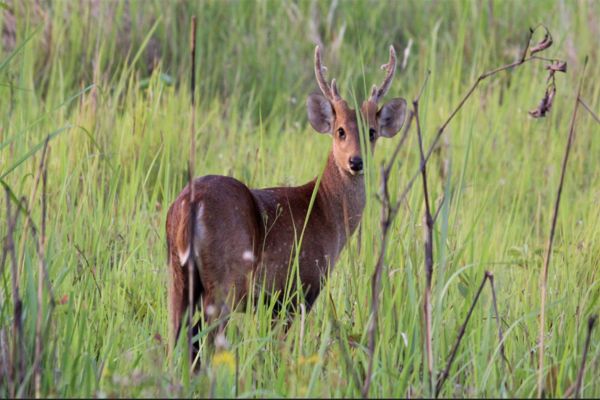
A UNESCO Natural World Heritage Site, a biosphere reserve, a Project Tiger reserve and an elephant reserve, it is the only tiger reserve in Assam with the second largest population of the big cat in the country. Rich in biodiversity, it combines tropical evergreen forests, mountains, grasslands to offer some fabulous views. Apart from elephants and the striped cat, it is also home to the rare golden langur, the red panda and wild water buffalo.
Best time: October to December first week
Keibul Lamjao National Park, Manipur
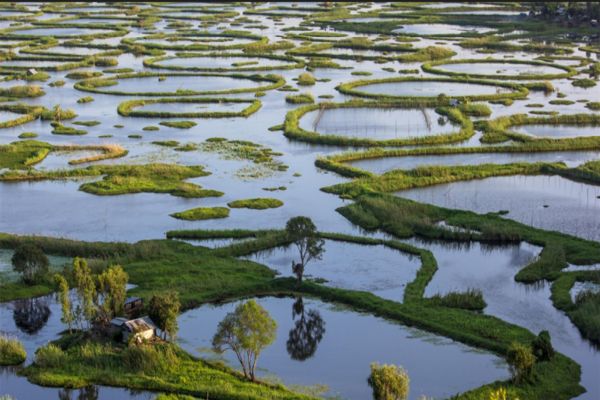
Part of the Loktak Lake, it holds the distinction of being the only national park in the world that is a floating one. The park is situated on a floating island and is home to the endangered Sangai deer also known as Eld’s deer or brow-antlered deer. Other fauna include the hog deer, the otter, Asian golden cat, flying fox, black kite, a variety of ducks and many migratory birds. Over 450 types of orchids are also found here.
Best time: Between October and March
Rajbari National Park, Tripura
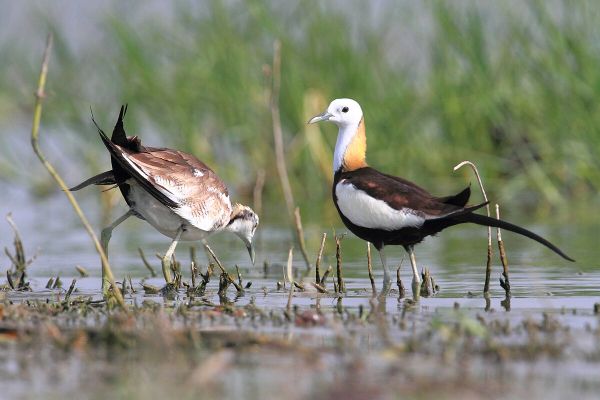
With an area of around 32sq.km, this is also known as a sanctuary for the Gaur or the Indian wild bison. With many water bodies inside the area, it is also home to a variety of plant life, including medicinal plants. Among the animals that can be seen here are the gaur, langurs, wild boars, wild cats, leopards, pheasant-tailed jacana, white-breasted kingfisher, Indian black drongo, tailorbird, jungle myna and the hornbill.
Best time: October to May
Balpakram National Park, Meghalaya
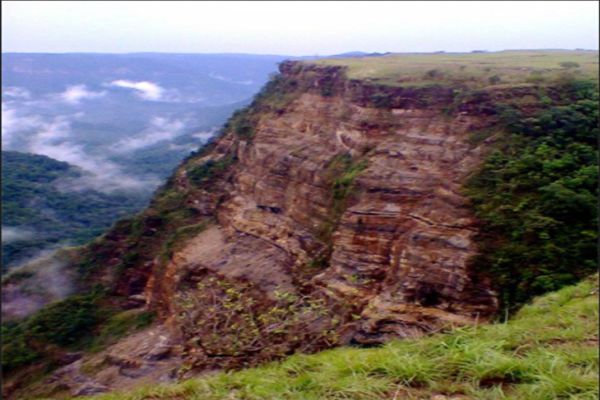
Located around 3000ft above sea levels, in the Garo Hills, this national park is not far from Tura. Balpakram means “Land of Constant Winds”. A deep gorge in the park, locally known as ‘land of spirits, is said to be where human souls live temporarily before resuming their journey to their final resting place. Apart from the elephant, barking deer, wild water buffalo, red panda, baboons, monkeys, and the serow deer, it is home to eight species of cat, which includes the tiger, marbled cat and the golden cat. The strange carnivorous pitcher plant can also be found here.
Best time: October to March
Mouling National Park, Arunachal Pradesh
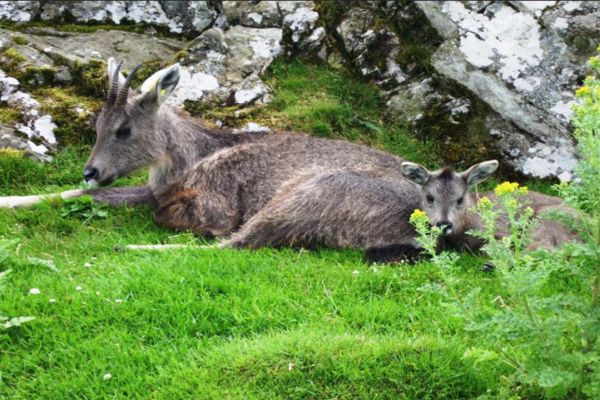
Mouling means ‘red blood’ in the local Adi language and is also the name of a peak near the national park. Located in Siang district, this park has the Siang river flowing to its west and the Siring, the Subong, the Semong and the Krobong rivers to its east. This allows the park to offer rafting and angling to visitors. Home to tigers, panthers, elephants, hog deer, barking deer, sambal deer, buffalo and red panda, the rarer animals here include the takin and the goral.
Best time: November to April
Khonoma Nature Conservation and Tragopan Sanctuary, Nagaland
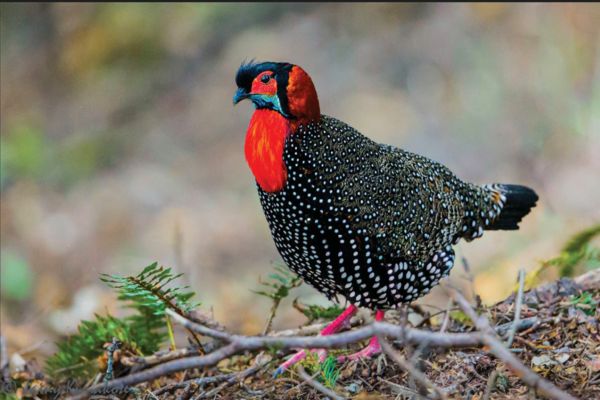
Khonoma is an example of community participation in conservation. This Sanctuary is managed by an independent trust after the Khonoma village council decided to protect the forests in the watershed area. Located in Kohima district, the sanctuary is home to birds such as the Blyth’s tragopan, striped laughing thrush, spot-breasted scimitar babbler and animals such as Pallas’ squirrel, Himalayan striped squirrel, clouded leopard, Hoolock gibbon, Asiatic black bear, and binturong.
Best time: October to April
Murlen National Park, Mizoram
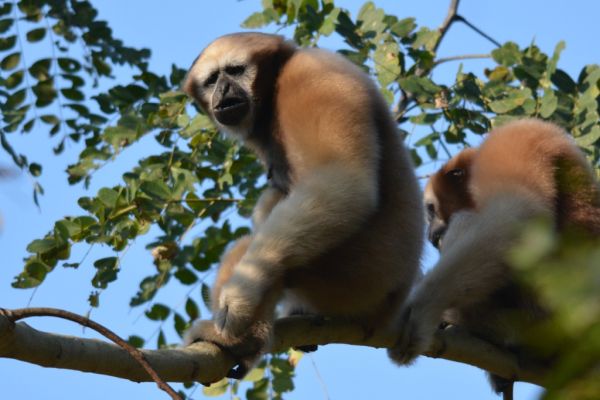
The canopy of the thick tropical rainforest in this area prevents the Sun’s rays from penetrating. As a result, it is known as the Land of No Return because people can get lost easily and not find their way back. Among the animals and birds found here are the tiger, leopard, sambar, barking deer, Himalayan black bear, Malayan giant squirrel, Hoolock gibbon, Rhesus Macaque, Hume’s pheasant, kalij pheasant, and grey partridge.
Best time: October to May
Now that you have read about these National Parks, here is an activity for you. Below in the grid are hidden names of animals and plants found in them. Can you find them all?